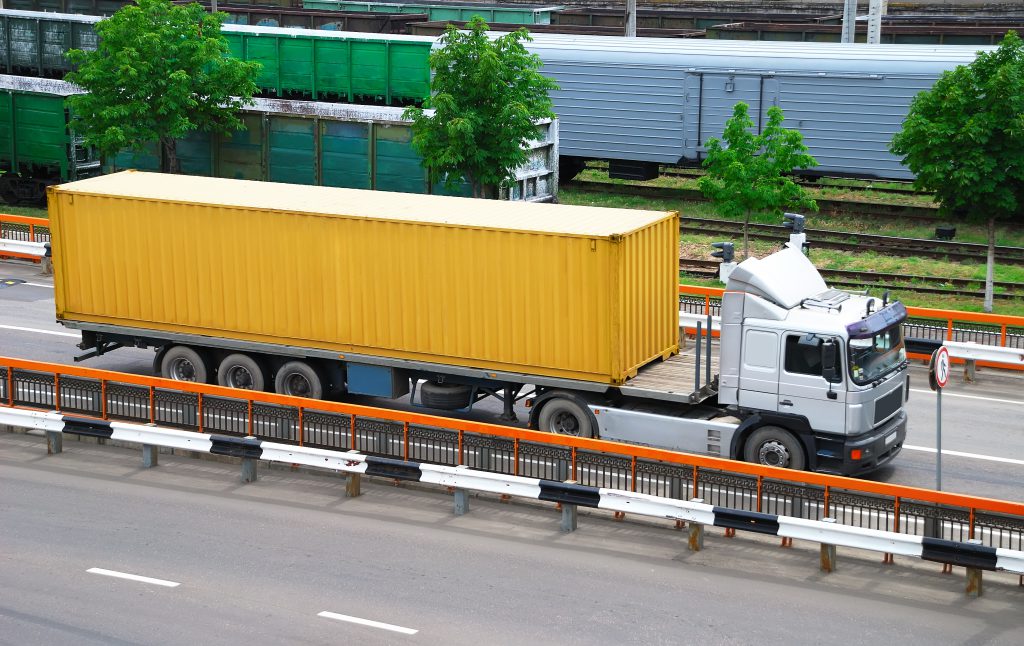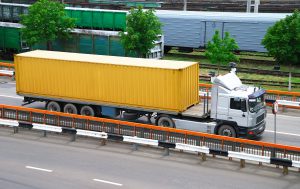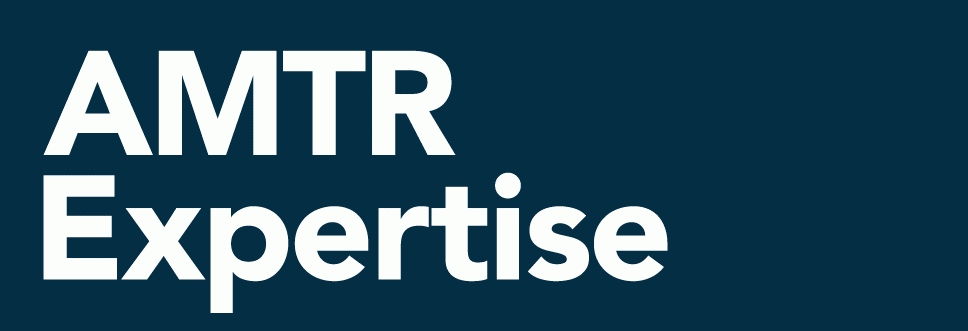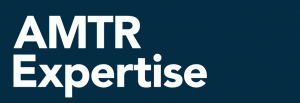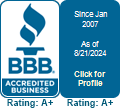In a July 17th meeting of the U.S. Transportation, Housing and Urban Development Appropriations Subcommittee, an Amendment which would allow twin 33-foot trailers to operate on the nation’s highways was voted on and pulled. The Amendment, which has been put before the Senate over the past two years in various incarnations, lacked the necessary support to be enacted. As written, it would have removed the Title 49, United States Code Section 31111(b)(1)(A) verbiage “or of less than 28 feet on a semitrailer or trailer operating in a truck-tractor-semitrailer-trailer combination,” replacing it with “or, notwithstanding section 31112, of less than 33 feet on a semitrailer or trailer operating in a truck tractor-semitrailer-trailer combination.”
Supporters of the Amendment have held that its adoption would improve sustainability, efficiency and safety. It has also been stated that such a change would not hurt competition, and that it was a necessary step to meet modern consumer and business demands. Proponents have further claimed that the amendment remains widely supported by many police groups, due to a projected positive impact on infrastructure, decongestion of traffic, and less opportunities for drug trafficking. As it stands, the Amendment will not be passed without additional Congressional support.
On July 1, a new tariff was published by the UP which differentiates between rates for CPC 1132 and DOT 117 tank cars. Please be sure to subscribe to this new tariff if it affects your rail freight. Additionally, tank shippers may want to read up on the Next Generation Tank Car Project (NGRTC) on the Federal Railroad Administration website or the 2017 AAR Field Guide to Tank Cars. Shippers of poison/toxic inhalation hazardous (PIH/TIH) materials might begin seeing related verbiage in their pricing publications. The information provided by these sources will help keep you abreast of the new tank car design specifications.
As carriers and shippers evaluate the liability of transporting crude or PIH/TIH goods in tank cars, know that AMTR stays aware of any such changes that might affect the rail market.
Recently, the National Motor Freight Traffic Association (NMFTA) released Supplement 2 of the STB NMF 100-AQ classification book. Although awareness of all supplement changes is important, it is imperative that shippers note the change to all 11-subprovision density scales. It was noted in the Commodity Classification Standard Board (CCSB) Docket 2017-2 Section 1 Subject 16 that more than half of the scales listed were at the previous standard 9-subprovision density scales. Therefore, these scales were not in alignment with current CCSB policy regarding NMFC full-scale density classifications. As a result, all classifications were updated in Supplement 2 to the 11-subprovision model. This is now considered the standard density scale and satisfies the current CCSB policy.
Within this same item was the comparison of the CCSB guidelines for items 4-6 pounds per cubic foot (PCF) and the class listed within the NMFC—class 150. The CCSB guidelines would apply class 150 if an item shipped with a minimum density of 6 PCF. The options that align with this subprovision would be class 200 for 4 PCF or class 175 for 5 PCF. It was determined that for all updated scales, the 4-6 PCF subprovision will now be classed at 175.
Shippers should become intimately familiar with NMF classifications that apply to products they ship. As these specific changes to the NMF regard density, shippers should look to NMF Item 110 Section 8 to review how density is determined. Being familiar with the details of product classification and density determination can really save shippers money. With a SMART Audit from AMTR, we can help you discover such opportunities and recover big savings!
Many shippers might think rules tariffs do not apply to freight rates. Sometimes they contain accessorial charges that end up on invoices. However, these rules that rail transportation carriers use are also there to help you as the shipper!
These documents are very often overlooked as a whole when programming rates or reviewing invoices for payment. If a transportation and logistics team is not well-versed in carriers’ rules tariffs, then they are missing out on some possible opportunities to prevent overpayments.
What makes rules tariffs problematic, is that shippers will not see these documents cited on their invoice for review; one would have to just know they exist. This may seem hard to believe, but here are some easy examples: general absorption of switch charges, standard axle rate application for weight restricted stations, alternation of rates based on weight, free time on demurrage, when a tank car is considered empty, exceptions for switch limit stations, railroad error movements, and many more. Rules may also be located in the front section of a tariff, often overlooked by transportation personnel. In addition, there are general rules tariffs, such as the Railway Accounting Rules published by the Association of American Railroads and various publications provided by RAILINC.
This is where AMTR makes the difference for your company, by having this knowledge base and being able to know when to apply the rules to save you money. Call us today to get started. It costs you nothing to call but will cost you a lot if you do not!
Since the Surface Transportation Board (STB) Reauthorization Act of 2015, we have seen a resurgence of new activity that will ultimately benefit shippers. From addressing issues such as public online access to Ag and Fertilizer tariffs, to proposing new competitive reciprocal switching rules, we are excited to see what changes are in store for the future. For years, AMTR has been involved in voicing shipper concerns with our clients regarding their relationship with carriers and published tariff contradictions to current statutes. The latest STB communication about the proposals to revoke certain commodity exemptions generates the most excitement for us, as those shippers would be able to address pricing and service concerns or unreasonable practices with the STB. Agencies such as the National Industrial Transportation League are spearheading the need to eliminate unnecessary or burdensome STB regulations that are outdated, such as the Stand Alone Cost (SAC) rate case procedures.
As a company grounded in transportation expertise, many of our auditors know the intimate history of regulation, then deregulation. We know the genesis of key laws and their intent. As time moves on and away from significant events, and focused transportation expertise is replaced by broader supply chain knowledge, we see memory of important concepts diminishing in the industry. We see rules being made that violate existing laws and precedence–in our minds, not out of purpose but ignorance. We are excited to see the STB re-engage and will continue to voice our concerns to them in our capacity as shipper advocates.



